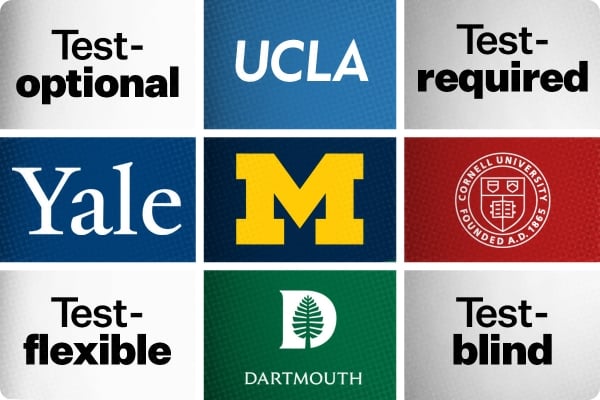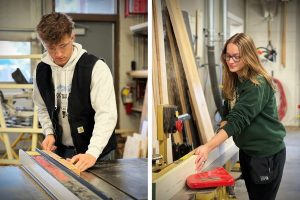In the ever-evolving world of technology and innovation, the future of software testing is anything but standardized. As technology continues to advance at a rapid pace, the methods and tools used for testing are constantly being reimagined and reinvented to keep up with the changing landscape.
Gone are the days when testing was a straightforward process of running a set of pre-written test cases on a software application. Today, testing has become a highly complex and specialized field that requires a deep understanding of various testing methodologies, tools, and techniques.
One of the key drivers of this change is the shift towards agile and DevOps practices in software development. These methodologies emphasize rapid development and continuous delivery, which means that testing must also be conducted in parallel with development. This has led to the rise of automated testing tools and frameworks that enable testers to test software applications quickly and efficiently.
Another factor that is shaping the future of testing is the increasing popularity of artificial intelligence (AI) and machine learning (ML) in software development. AI and ML algorithms can be used to automate testing processes, generate test scripts, and even predict potential issues before they arise. This allows testers to focus on more strategic and high-value testing activities, rather than spending time on repetitive and mundane tasks.
Furthermore, the rise of cloud computing and mobile technologies has also had a profound impact on testing practices. With applications being deployed on a variety of devices and platforms, testers must ensure that their tests are compatible across all environments. This has led to the development of cloud-based testing tools that enable testers to simulate different operating systems, browsers, and devices in order to ensure thorough test coverage.
In conclusion, the future of testing is anything but standardized. With the rapid pace of technological change and the increasing complexity of software applications, testers must adapt and evolve their practices in order to keep pace with these changes. By embracing new methodologies, tools, and technologies, testers can stay ahead of the curve and ensure the quality and reliability of the software applications they test. Ultimately, the future of testing is bright and full of exciting possibilities for those who are willing to embrace change and innovation.



